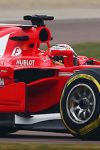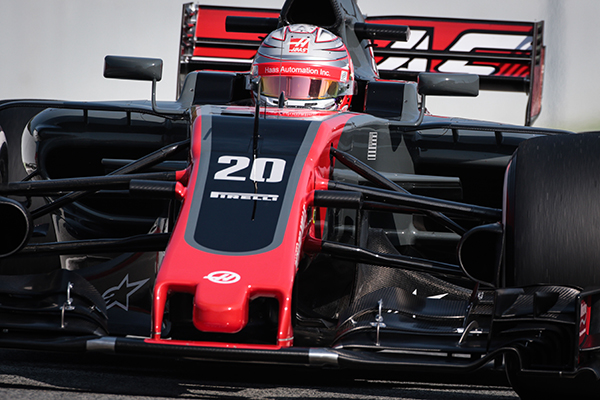
ENGINEERING CREATIVITY, UNLEASHED
2017 cars share a common thread in that the bargeboard/sidepod area is where the teams’ engineering creativity comes in full light, as the new rulebook allows the addition of aero elements in the zone.
“In the areas where you've got more scope, which is between the front wheels and the sidepod inlet, the new bargeboard/sidepod wing area, you'll see very, very different solutions,” McLaren-Honda technical director Tim Goss said.
“Looking at the cars that have been launched, there's two or three of them, ourselves included, that put a lot of detail into that area.”
The MCL32’s bargeboards bend and connect with the chassis from the top (see yellow arrow), with the installation creating a kind of tunnel that guides the air to the lower sidepod area and helps bring more energy to the flow as it travels towards the back of the car. The same rationale can be witnessed on the Ferrari, albeit in a different area (around the sidepod inlets).
McLaren’s originality can also be found in the horizontal parts where the bargeboards attach perpendicularly, and which extend into a pair of blades (see red arrows). These channel the airflow towards the leading edge of the floor, which, and this is also surprising, bends instead of being straight (see green arrows).
Finally, the shape of the vertical vanes placed on the outer ends of the floor reminds of the similar elements seen on the Renault R.S.17.





